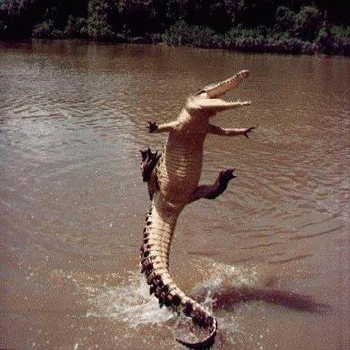How does a population differ from a community?
3 Answers
A population is a group of organisms under one species living together. A community is a group of organisms of more than one species living together.
Explanation:
Population - Canis lupus (wolves) living together in an area.
Community - Canis lupus (wolves) and Persea americana (avocado) living together in one area.
A population is a group of a single species living in a certain area at a certain time.
A community is all combination of all of the populations in an area.
Explanation:
Populations are biotic parts of the environment because they are alive. When you combine all of the populations of say, a forest, (pine tree population, ant population, grass population, deer population, bear population) that group is called the community. When you consider both the biotic community and the abiotic factors in the environment (stuff like dirt and rocks and water and air) you have what ecologists call an ecosystem.
In ecology, a number of species populations in an ecosystem form a community. So community is a larger unit compared to population; community encompasses all living organisms of an ecosystem, hence often termed as biotic community .
Explanation:
 )
)
- Community is an assemblage of populations, living in a particular environmental habitat.
- Populations of different living organisms form a food web and some may help in recycling of nutrients in the habitat.


